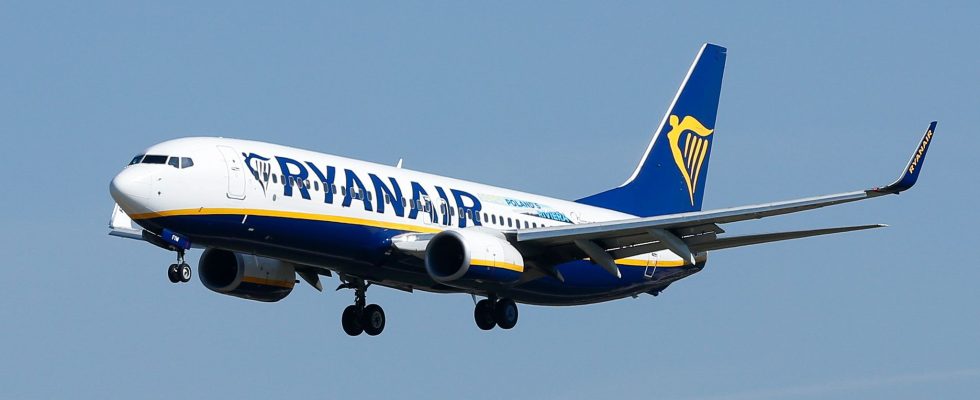Full board for the airlines. Their global activity has practically returned to the level of 2019, before the health crisis. The planes should therefore be full this summer, despite a 15 to 20% increase in prices. However, the strong recovery in air traffic is worrying: the less optimistic fear series flight cancellations due to lack of staff, as in March, when a strike by French air traffic controllers led to flight cancellations. Between disruptions and soaring prices, L’Express takes stock of the trends in the sector for this summer of 2023.
An increase in attendance
Air traffic is doing well. After years of colossal losses from the Covid-19 pandemic, airlines have seen their global business approach pre-crisis levels. Ridership in May 2023 is 96.1% of ridership in May 2019, according to the International Air Transport Association.
This catch-up was driven by domestic routes (105.3% of the May 2019 level), although international routes also remain heavily used (90.8% of the May 2019 level). The Association expects its members to post a global net profit of $9.8 billion this year, after cumulative losses of $183 billion in 2020-22.
Low-cost airlines, big winners of the recovery
If the market is favorable to all the companies, the low-cost ones are those which derive the most advantages from it. Ryanair, Easyjet or Transavia have boosted the resumption of air traffic in France. In addition, they serve Italy, Greece, Portugal and Spain, key summer destinations. “We have seen a very strong recovery in post-Covid traffic,” confirmed Michael O’Leary, Ryanair’s boss. This is “now 13 to 14% higher than our pre-Covid volumes, but profitability is still slightly lower”. The company posted a net profit of 1.4 billion euros for its 2022/2023 financial year, ahead of its competitor Easyjet.
Long-haul companies also did well. Long penalized by health restrictions, they were slower to recover than medium-haul, but international traffic recovered 84% of its pre-crisis level in april.
A significant price increase
If the traffic is (almost) back to normal, this is not the case for the prices. In France, ticket prices jumped 23.6% year on year in the first quarter of 2023, according to statistics from the Ministry of Ecological Transition. In question: the invasion of Ukraine by Russia, which caused the cost of hydrocarbons to explode, while kerosene represents approximately 30% of carriers’ expenses.
The trend is unlikely to reverse. Commercial aviation is estimated to be responsible for between 2.5% and 5% of global greenhouse gas emissions. Airlines are in a hurry to reduce their carbon footprint, if not limit their traffic. But for now, biofuels cost three to four times more than kerosene. Between their use and the renewal of the fleet for more “green” aircraft, the increase in costs is likely to be passed on to the consumer.
Risk of cancellations this summer?
The only downside: the risk of flight cancellations. Airline leaders fear a scenario similar to last summer, when airports were saturated due to lack of staff. They had a taste of this situation in March, when a strike by French air traffic controllers caused Paris-Orly to cancel one in two flights in disaster. Additional difficulty: several companies have not yet completely reconstituted their fleet, while Airbus and Boeing are struggling to deliver on time.
For all these reasons, the British Easyjet has preventively canceled 1,700 flights by the end of the summer. “The entire sector is experiencing difficult conditions this summer, with more constrained airspace due to the war in Ukraine […] and new potential strikes” by controllers, the company said in a statement sent to AFP. She said that 95% of the customers concerned already have a seat on another flight.
